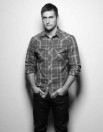 Whereas most photographers think any paying gig is a good gig, Jonathon Kambouris knows otherwise. Perhaps more than most, he’s come to know that great personal work wins commercial campaigns that are right in his wheelhouse. As the saying goes, when you do what you really love, you never work a day in your life…
Whereas most photographers think any paying gig is a good gig, Jonathon Kambouris knows otherwise. Perhaps more than most, he’s come to know that great personal work wins commercial campaigns that are right in his wheelhouse. As the saying goes, when you do what you really love, you never work a day in your life…
First, here are seventeen facts about Mr. Kambouris. Below those, we get into the nitty gritty and get him dropping knowledge about this personal work/commercial work paradigm.
1. Nickname: JK
2. Hometown: Farmington, Michigan
3. Current town: Brooklyn, NY
4. Education: Center for Creative Studies (Detroit) and Parsons School of Design (NYC)
5. Ethnicity: My Father’s last name is Kambouris and my Mother’s Arvanitakis
6. First concert: Metallica at the Palace of Auburn Hills, Michigan
7. Football Club: Liverpool FC
8. Pint: Newcastle
9. Season: Fall
10. If not a photographer: I would be a pilot
11. Contact Prescription: SPH -6, CYL -2.25(I could never be a pilot)
12. Last Meal: Would be pizza and coke
13. Celebrity look alike: An online test once said I look like a mixture between Paul Newman
and Dakota Fanning14. Blackberry or Iphone: Blackberry
15. Camera: Contax 645, Sinar P2 or Canon Mark II, depending on the shoot
16. Favorite pastime: Cooking
17. Farthest traveled destination: Singapore, 22 hours of pure fly time
Now, the nitty gritty:
I love it when I see a photographer’s commercial and personal work side by side, and think “which came first?” You obviously have a passion for shooting still life. How did you translate your personal style into commercial success?
I think personal work is extremely important for a photographer, but it cannot survive without the commercial work. So, there needs to be a good balance between the two. I believe that the personal work is really what gets people interested and excited about a photographer. For example I recently got hired from a personal series that I did, which I made into a print mailer. The photo editor contacted me and said that he got my mailer and really liked it and bam! I got an assignment from it.
I think that as a photographer you have to constantly be creating new work. You have to expand on projects and push them and keep showing new and fresh ideas. The way to separate yourself from the rest is being able to take that cool personal work and style that you do and apply it to commercial work. I am confident to say most creatives want to see ideas. They are not interested in seeing a technician. This is not always an easy task as some commercial work can be pretty cut and dry. But, the key is always pushing and trying to leave a personal mark on the work that you do. Whether it is a bottle, or a shoe or a car, a photographer has got to take that picture and make it theirs. You got to own it!
You say if you weren’t a photographer (and had better eyesight) that you’d be a pilot. Do you think this correlates to the level of precision it takes to shoot still life? Do you especially enjoy the technical aspects of photography?
I never thought of this until this question, but I think there is definitely a parallel. It is amazing when you watch a plane accelerate down a runway and it effortlessly lifts off into the sky. There is so much going on to get an airplane off the ground but when you watch from a distance it looks so easy. I think that is what makes great photography and especially still life photography so amazing. There is so much that goes on behind the scenes, there are all of these different little aspects that take place that the viewer does not see and the final image looks like it was effortlessly captured.
I never considered myself a very technical photographer or technical person for that matter; I always was more interested in subject matter and developing a personal brand rather than being perfect technically. You can learn technique but subject matter and personal style is something that isn’t quite as easy. It is not something you can just sit down and learn.
It is kind of like singing, anyone can learn to sing and with lessons can possibly be ok at it. But, you cannot learn to have a great voice, you either have it or you don’t.
How did you make those RX pictures? They are a blast.
It was quite a tedious process, I must say. The key to making this series successful was a combination of very intricate prop styling as well as lighting. The relationship between the two really gave these images life and movement. I had to really think it out and it was a lot of trial and error. Since it was a personal project I had time to sit in my studio for hours and create this series. I shot it over a span of two days and it really developed as I experimented.
That is what is so great about a personal project, there is no pressure or constraints and there is great potential to really push it and create a fantastic series. To learn all of the tricks I am excited to say that this project will be featured in PDN’s “How I Got That Shot” which will run on their website in September and printed in their November 2011 magazine issue.
Tell us a bit about the “Last Meals” project. How did you get the inspiration for the project, and how did you select your subjects?
The Last Meals Project was originally inspired on the morning of June 12th, 2001. I read an article in the local paper about the execution of Timothy McVeigh. The story spoke of the build up to the execution and described his final moments and last meal. When I read that Timothy McVeigh chose two pints of mint chocolate chip ice cream as his last meal, it immediately sent a shiver down my spine and left a lasting effect on me. This man masterminded such an awful, devastating and completely unspeakable act, but after reading what his last meal was, I wanted to know more.
Despite how atrocious a murderer is, society seems to have a desire to want to examine and learn more about the mind of a killer. We have seen this in major motion pictures, TV programs, newspaper articles, magazines, books, etc. The very fact that I read an article, which described Timothy McVeigh’s final moments and last meal, is exact proof of this. I chose my subjects by the final meals that they selected. One meal sticks out a lot to me and that is a jar of dill pickles.
This is not what most people would consider a very fulfilling last meal. But when someone is executed and his/her last meal is selected, that choice will be forever the most important meal for that individual. That is what makes the Last Meals Project such a fascinating topic- because of the extreme importance of the last meal ritual; it is unarguably honest and true.
What’s a great assignment you’ve had recently, and are there any dream assignments/clients you’d love to work with in the future?
I was inspired by an ice cream story I shot for the NYT a few months back and decided to expand and make it into a whole series. I collaborated with Sally Berman, a producer friend who owns the production company Run Red Creative. We scouted out hand models, manicurist and a food stylist and created a whole series of delicious melting ice cream inspired by countries from around the world. We used this inspiration to create the nail design art and the ingredients. Not only did we feel this project was very successful, but it was also extremely fun creating it.
Dream client: I have always wanted to shoot for Nike and Converse. They have such a great brand and it would be an absolute dream to collaborate on a project with their creative teams.
Dream assignment: I have a deep interest in death row and it would be amazing to have access inside a facility and spend let’s say a year on the inside and document what goes on. From the mundane day-to-day stuff all the way up to the last meal and execution, I feel it would all be equally remarkable.
–
Want More? Go to Jonathon Kambouris’ site.

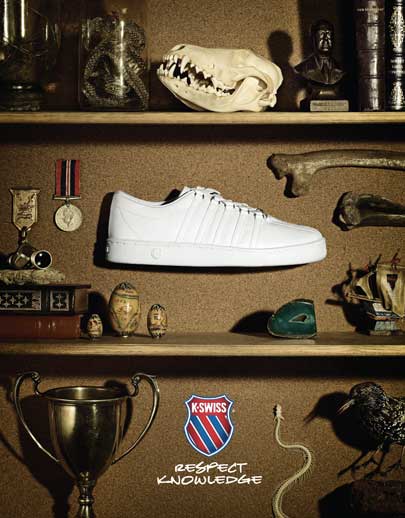
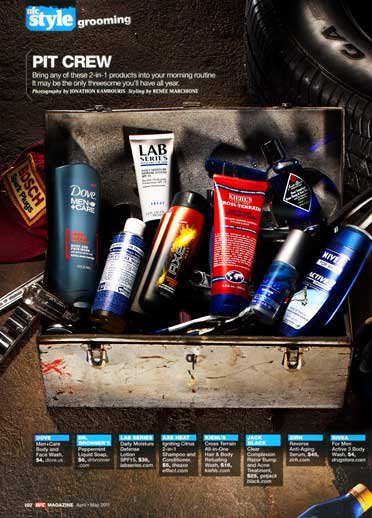
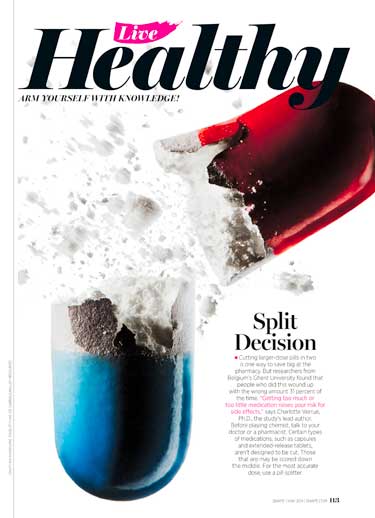
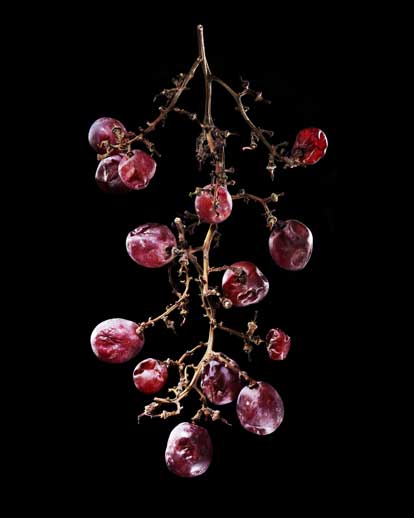
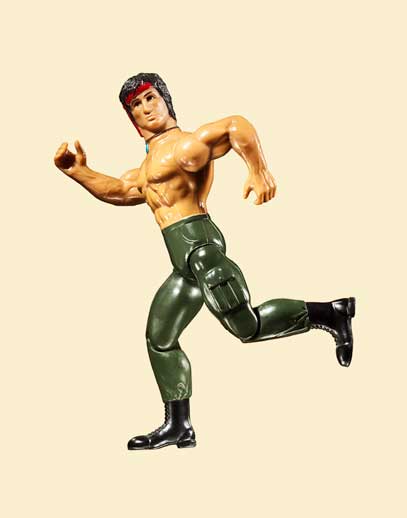
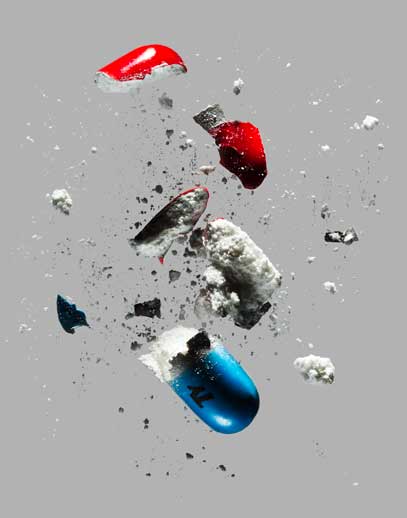
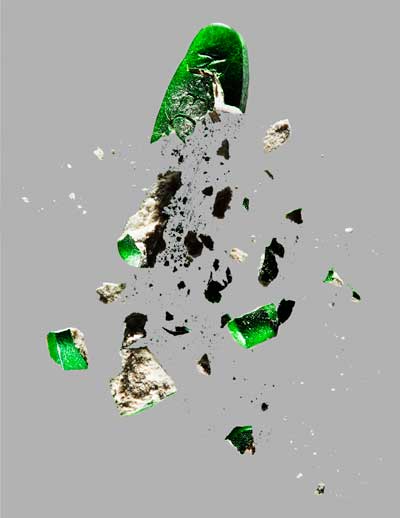
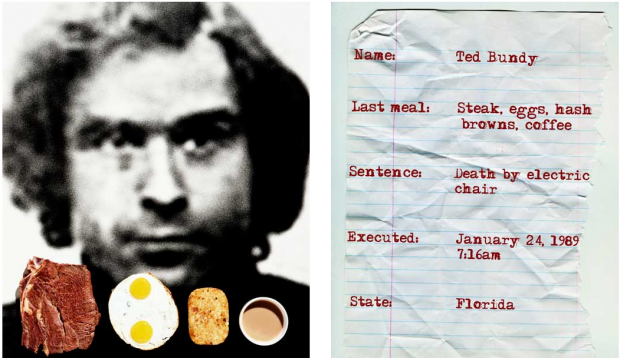








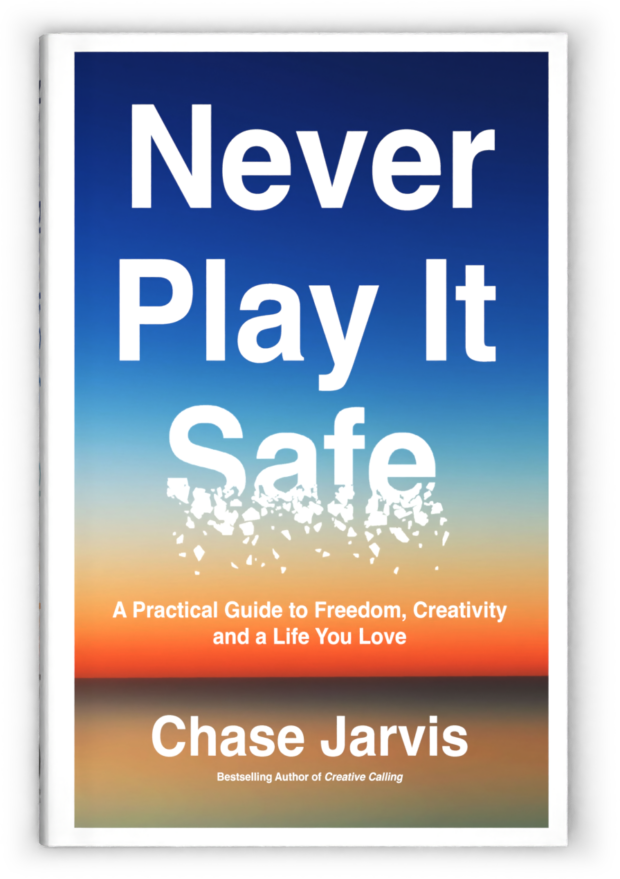










\r\n\r\nIklan baris gratis tanpa daftar